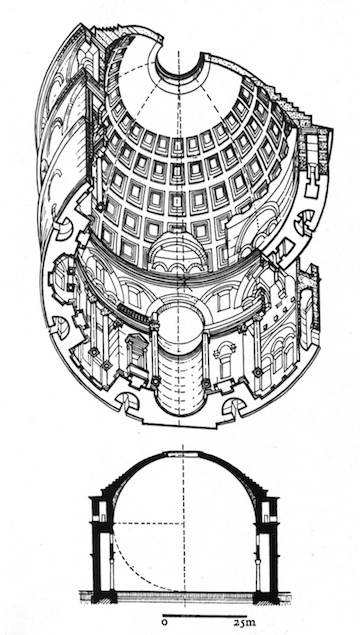Panic Button – November, 2017
One can find the desert, they say, even in the most sterile of places.
There is this dean of studies in a fluorescent-lit room somewhere, and he does things deans of studies do all the time, he keeps an eye on things. His office is like a bunker too, it does not have windows, and the proportion of the plan is 1:2 (trained – not ‘practicing’ – architects amongst you will know what it means), so you will immediately notice how dean keeps an eye on himself. You always will sense it in the room, an eye disembodied, detached yet not without a sense of humor, as people and papers shuffle about.
You will hear them talking about procedural concerns like “redefining the boundaries between the rural and the urban in post-liberalization India” and reified concerns like “permission for students to undertake a study tour having distance more than 600kms in contravention of university regulations” discussed simultaneously with alarming ease and it becomes easy to pay attention not to what is being said and done, but the space between people in the room and the detached eye. There is a familiar silence in that space unless you listen attentively.
I would not comment except that I increasingly see practicing architects trying to fill this space with biographies and memory, symbolization and theorization of the self – it is no longer uncommon for these architects to speak about their ethnicity, feign madness, even – and recourse to history. ભૂતાવળ, such a populated space between the “I” and its surroundings is called in Gujarati, a bewildering space that is conjured out with past-beings enveloping the present and accompanying it everywhere.
So. Sometimes, I go and watch this space as the Dean of Studies goes about his work, and I ask what if we let it be this way everywhere the way Camus did at Oran? I find a promise in the routines of academic administration in India, here is everything that remains of the pleasure – indeed the work – of the architect, somewhat like the ‘work’ of the youths of Oran ‘getting their shoes shined’ and ‘displaying those very shoes on the boulevard’.

… … …
… … …
… … …
… … …
Énoncé – A City Machine, analysis of enunciative modalities.
Footnotes
- The both, the city and administration of architecture courses, are the same to me, I know the city and professional architects as distinct figures appear late in history, and only later do they travel, in the manner of flotsam, to South Asia to arrive at about the same time.
- A ‘miraculous fourth dimension’ Le Corbusier called it, found without semiotics, in ‘ateliers of patient research’.
- Camus, Albert. The Minotaur or the Stop in Oran (1939) in The Myth of Sisyphus, and Other Essays. London: H. Hamilton, 1965.

